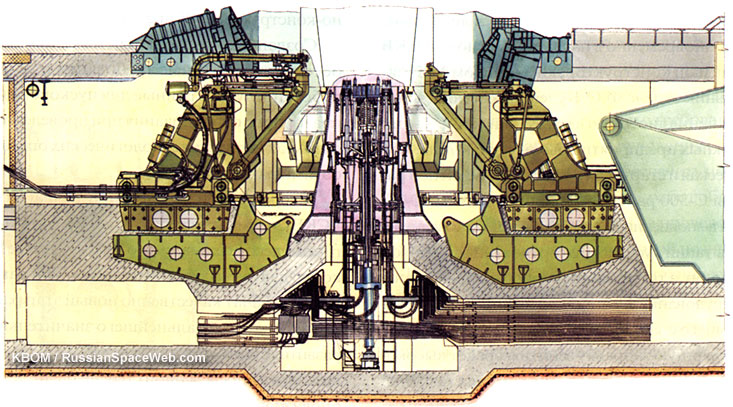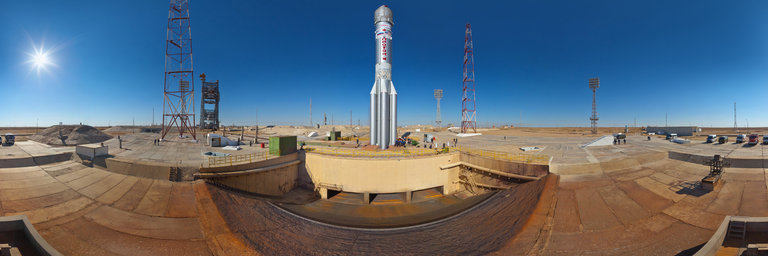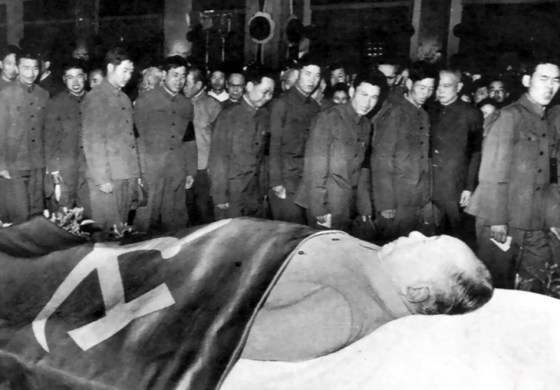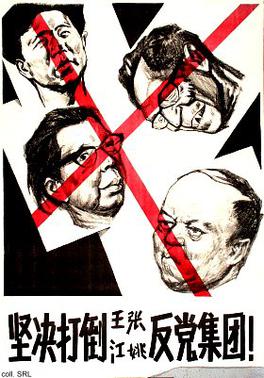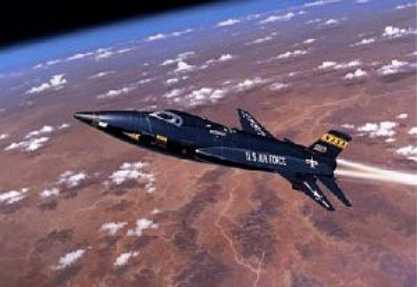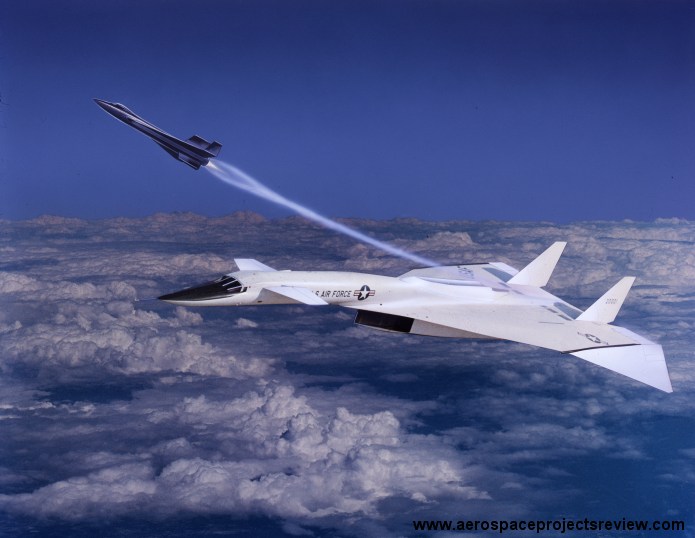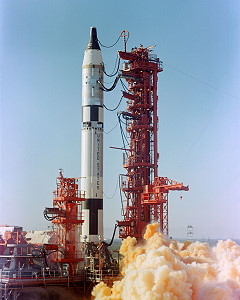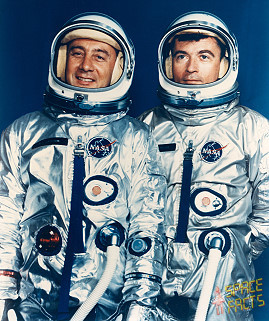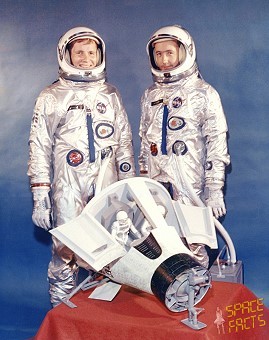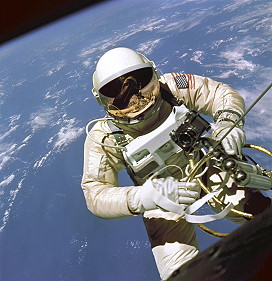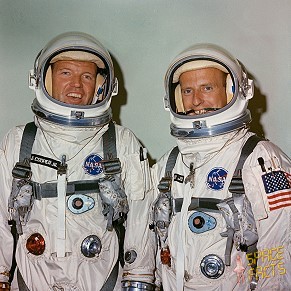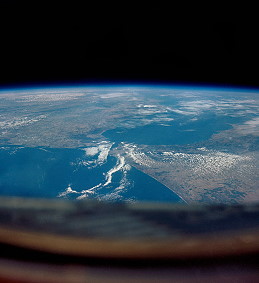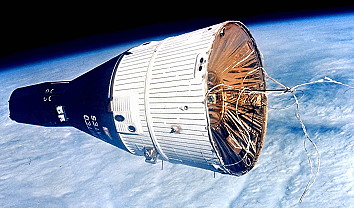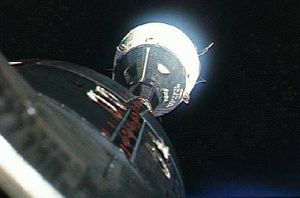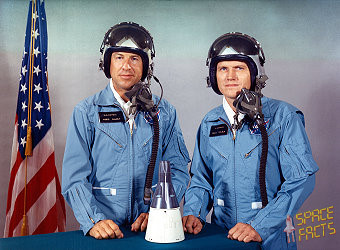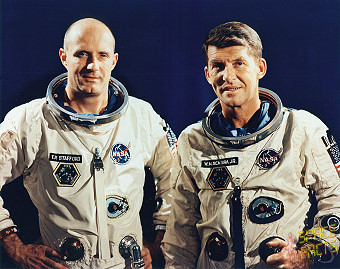Yes. In the case of the former it wasn't lost OVER THE USSR!!! In the case of the former, the secrets of it weren't leaked to the Soviet Union. There is a big difference between crashing your high performance spy plane in Britain versus crashing it in 1960s Cold War USSR (possiblely giving away it's secrets and capabilities).
And possibly not--aside from the possibility the CIA installed self-destruct devices strategically--to be sure one can only put in so many before detracting seriously from performance, and there would be the risk of one going off accidentally--the plane was presumably flying very high, so either the Soviets had to hit it with a huge SAM warhead that blew it to little bits, or if it was only damaged that it came down hitting the ground at Mach 1 or so, also accomplishing demolition very effectively!

The biggest security risk would be the pilot himself, who presumably knows his plane well and can, despite training, be made to talk about it.


The telescopic Blue Gemini is looking pretty good now; but never implemented obviously--by the time the bitter lesson of 1970 came home surely unmanned recon satellites had advanced to the degree that there would be no need to send up an astronaut to mind the camera. Even in the mid-60s I don't see the big advantage to launching the camera with an Air Force photographer-astronaut. OK, he can take note of targets of opportunity and snap some shots of things no one expected to find. Well, couldn't a remote controlled satellite do almost as well? For the mass of an astronaut and his essential life support equipment and consumables, you can pack a whole heck of a lot of film--so you send it up and in addition to the intended targets it snaps photos of lots of low-probability targets as well, plus a few at random--then it reenters, is analyzed--now if something unexpected shows up, launch another satellite. Each one is pricy, but as pricy as a Gemini mission? As technology develops with charge-coupled device digital photography and higher bandwidth, well-encrypted signaling, there is no longer a need for the satellite to deliver film back to Earth at all--analysts get the data immediately in real time, and cameras can be directed to stuff they just noticed--if not on this orbit then one days later perhaps, and if something really hot is glimpsed, a sufficiently well-funded and paranoid program can have another satellite ready to launch on a moment's notice, ready to take another look within an hour. (Now you have two satellites in orbit, doubling opportunities for more coverage on future orbits). And if the targets have the capability to shoot down your satellites and decide the stakes are high enough to do it now (as they never did in all the Cold War) you haven't lost an astronaut as well.
If the Americans had that kind of tech by 1970, and I believe we did OTL, then it was just criminally stupid to send a Blackbird over the USSR--nothing justifies it, and OTL as I said we stopped doing it I believe before 1970 as the overflights were getting seriously dicey. I suppose the lower and slower RB-47s were kept at it, near Soviet borders, because they could operate with a different kind of stealth; A-12 "Oxcart" type planes are flying very high and very fast, but also are almost cherry-red hot from atmospheric friction that re-anneals their metallic skin every flight (and causes substantial thermal expansion--the fuel tanks are designed for the high temperature and are seriously leaky at low temperatures). So it is a small, distant, fast target but it glows in infrared; the Soviets could make it a regime priority to develop IR and radar that could detect and track it, even if was quite difficult to actually hit the target; the attention of the whole Soviet air defense forces would be focused on at the very least following it. Whereas the old B-47s flew in the same flight envelope as the B-52, its successor--and thus could hope to get in and out literally under the radar. Sometimes they did--sometimes they got caught.
-----
Regarding the UR-700 and its engines--on one hand, I forget if I posted anything in this thread yet about how the idea of a 5000 ton hypergolic propelled rocket grabs me--those who know my views and story as I've shared can probably guess. One way or another I won't reiterate all that--just assume it goes without saying that Shevek23 thinks the UR-700 is as criminally stupid as a US President ordering an SR-71 to scout out Baikonur again in 1970. And worse of course because of the sheer scale of the catastrophe.
Between Michel Van disclosing the sheer tonnage of toxic glop the thing is made of and would produce in a conflagration, and e of pi pointing out that some of these poisons are deadly in very small doses, my dislike of this option should not be too surprising or controversial, and the fact that alternatives exist is what makes it stupid rather than tragic. I should point out that while a pad or launch failure would be spectacularly destructive on the site, and give it a good heavy wallop of long-lasting contamination, a
successful launch is still strewing all those toxic combustion products through thousands of miles of atmosphere. One UR-700 masses about the mass of seven UR-500 aka "Proton," and many many Protons have been launched OTL. Never for a manned launch to be sure, but there have been lots more unmanned than manned launches and the Protons have carried up a good portion of the total tonnage to orbit and beyond the USSR and Russia after it have sent up. So, not to worry, right? Kazakhstan and central Siberia are not toxic wastelands, now are they! Well that's a loaded and ironically rhetorical question--we would hardly expect the Soviet Union, or even its successor states, to be totally open with disclosure, or even to seriously investigate where the answer is likely to please no one. I have indeed, in composing earlier drafts of this rant of mine, come across at least claims by certain people who say they have indeed been poisoned--and this from a long series of quite successful launches. Let's just leave it an open question for now, put successful UR-700 launches (if any) in perspective of the cumulative total of Soviet and Russian Proton launches divided by seven, and acknowledge that a UR-700 launch failure would be a spectacle best observed from one of those CIA spy satellites I was talking about.
It would be nice if someone has statistics, from the Nedelin incident, the American accidents with Titans, or other sources about just how long lethal or worse doses of the typical products of a hypergolic accident remain in the soil or even air and water around the site before dispersing or degrading to low levels of danger--and integrating in the long-term carcinogenic effects as best known nowadays. The cumulative low-level danger is one the Soviet and post-Soviet Russian regimes is likely to discount or ignore completely and thus will probably account for most of the fatality outcome of each disaster (plus those due to successes!) But if a single UR-700 blows up on the pad, how long are we talking before the prompt poison danger falls below acknowledged thresholds? Months? Years? Decades? It strongly affects the storyline--perhaps a single blow can wipe out the entire Baikonur complex as a useful rocket base, and keep it shut down completely for years. Perhaps it is not as bad as all that! (In the short run--if this terrible plan is not aborted I expect essentially the whole Soviet astronautical community to be dead of cancer by 1990, 2000 at the latest for the toughest outliers). Anyway some reliable numbers would be nice, if anyone in the world knows them.
---
Now on the other hand--if Glushko starts testing the new engine in 1961, and there is a possibility of a launch in 1968, while I quite agree that if there are only 27 test firings in the entire interim, the odds are the first attempt at a launch will go up in a blaze. But even if it is true that OTL Glushko also started in 1961, I don't see that it follows he'd only do the sketchy test program of OTL. Seven years strikes me as a moderately long time; while surely many of those years are required to simply develop the first draft of the design, there should be
time for a test program of many hundreds of firings. And even time to acknowledge failures and setbacks and develop solutions to them, just as the F-1 team did in the USA OTL. What was lacking OTL for Chelomei and Glushko was regime priority; OTL Korolev had it, here Chelomei does. From this priority funds and perseverance might be forthcoming. OTL Chelomei was not trying to reach the Moon any earlier than 1973; I presume that relaxed schedule meant the Kremlin recognized that if they had to fall back on the UR-700 the Americans would have been to the Moon and back by then, so the plan was just to demonstrate that Russians could also do it. On that schedule he should have both time and funding to get the job done (though Khrushchev died OTL of natural causes around that time).
Even if he is on an advanced schedule meant to beat the Americans to the first Moon landing, if he has the full support of the regime then he ought to have time and resources to get the engines to function correctly.
e of pi knows more about this stuff than I do; presumably there are time constraints I don't know very well preventing a program of 500 firings being done in less than a given amount of time. Perhaps one can only do one firing a day, or even have to wait longer; perhaps building 10 or 20 sites that do the tests on multiple prototypes at once is too costly. Still, I suspect with the full will of the Kremlin and a bit of the hardest kind of administrative courage--that is, the will to scrap failed efforts and try to replace them, and courage to face the nation's top brass and tell them there are delays, progress will still happen.

